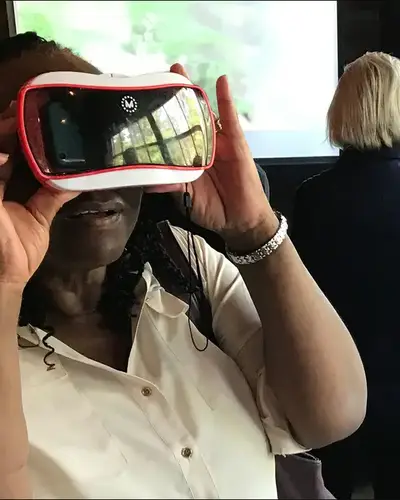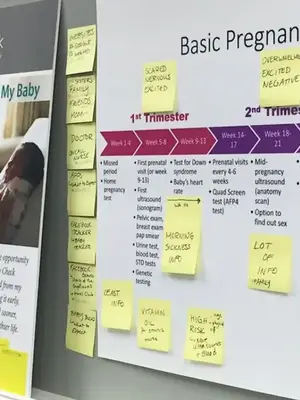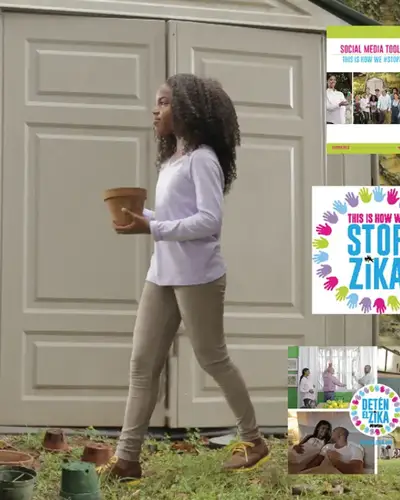Evaluating and optimizing the impact of communication efforts
Rigorous Evaluation for Evidence-Based Communication
Evaluation is a critical component of an evidence-based communication plan. As leaders in evaluation, we evaluate the delivery and impact of communication efforts. With expertise in all quantitative and qualitative methods, we design rigorous, comprehensive evaluations and develop innovative ways to integrate disparate data sources and methods used in public education, clinical trials, and media campaigns to evaluate impact.
How We Conduct Communication Evaluation
With our wide range of capabilities, we can design and conduct a study that meets your needs and budget. We have expertise in the following:
- Pre-post evaluation designs
- Continuous data tracking and monitoring
- State-of-the-science communication exposure measurement and monitoring
- Randomized experiments
- Data triangulation
- Public education/media campaign evaluation
- Case studies
View More in Communication Science
Communication Evaluation Project Highlights
Let’s Stop HIV Together Evaluation
Approximately 1.2 million people in the United States have HIV. Since 2004, RTI has been working with the Centers for Disease Control and Prevention’s (CDC’s) Division of HIV Prevention, Prevention Communication Branch to engage community members and health care providers in exploratory formative research to inform the development of communication programs, campaigns, and partnership activities. This includes conducting iterative audience testing of messages, concepts, and materials that address topics across the HIV continuum of prevention and care; literature reviews and environmental scans; and ongoing process and outcome evaluations. We have engaged thousands of individuals in qualitative and quantitative data collection as well as health care providers, including primary care physicians, nurse practitioners, physician assistants, obstetricians/gynecologists, and infectious disease specialists. We design the studies; recruit participants; collect and analyze data using appropriate qualitative and quantitative methods; prepare reports and presentations for internal CDC briefings; and collaborate with CDC on conference abstracts, conference presentations, and manuscripts.
Surveillance and Evaluation Services for the Tobacco Free Florida Program
Although Florida has made significant strides in reducing the use of tobacco products over the past two decades, tobacco use remains the state’s leading cause of preventable death and disease. Since 2010, RTI has worked closely with the Bureau of Tobacco Free Florida to provide data and evaluation services to meet their goals of reducing tobacco use and secondhand smoke exposure among youth and adults across the state. Through our studies and recommendations, RTI’s work has been used to inform program and policy direction; document short-, intermediate, and long-term population outcomes; ensure accountability; and evaluate program effectiveness.
Protecting Children by Educating Cannabis Consumers about Safe Storage
New national data show an increase in cannabis-related emergency department visits among children. To address this increase, CDC recommends increasing adults’ knowledge of safe cannabis storage practices. In 2019, RTI evaluated Colorado’s Retail Marijuana Education Program, a centerpiece of which was their safe storage ad. No other state has created a dedicated safe storage video ad that emphasized the need to lock up cannabis, instead of storing it out of reach of children. Colorado’s safe storage ad was the most remembered and liked ad of the campaign. Intentions to lock up their cannabis were three times higher among people who saw the ad campaign than among people who did not.
Partner with us to evaluate and optimize the impact of your communication solutions.
Related Projects
A National Tobacco Cessation Campaign’s Role in Reducing Preventable Death
Read More about A National Tobacco Cessation Campaign’s Role in Reducing Preventable Death















